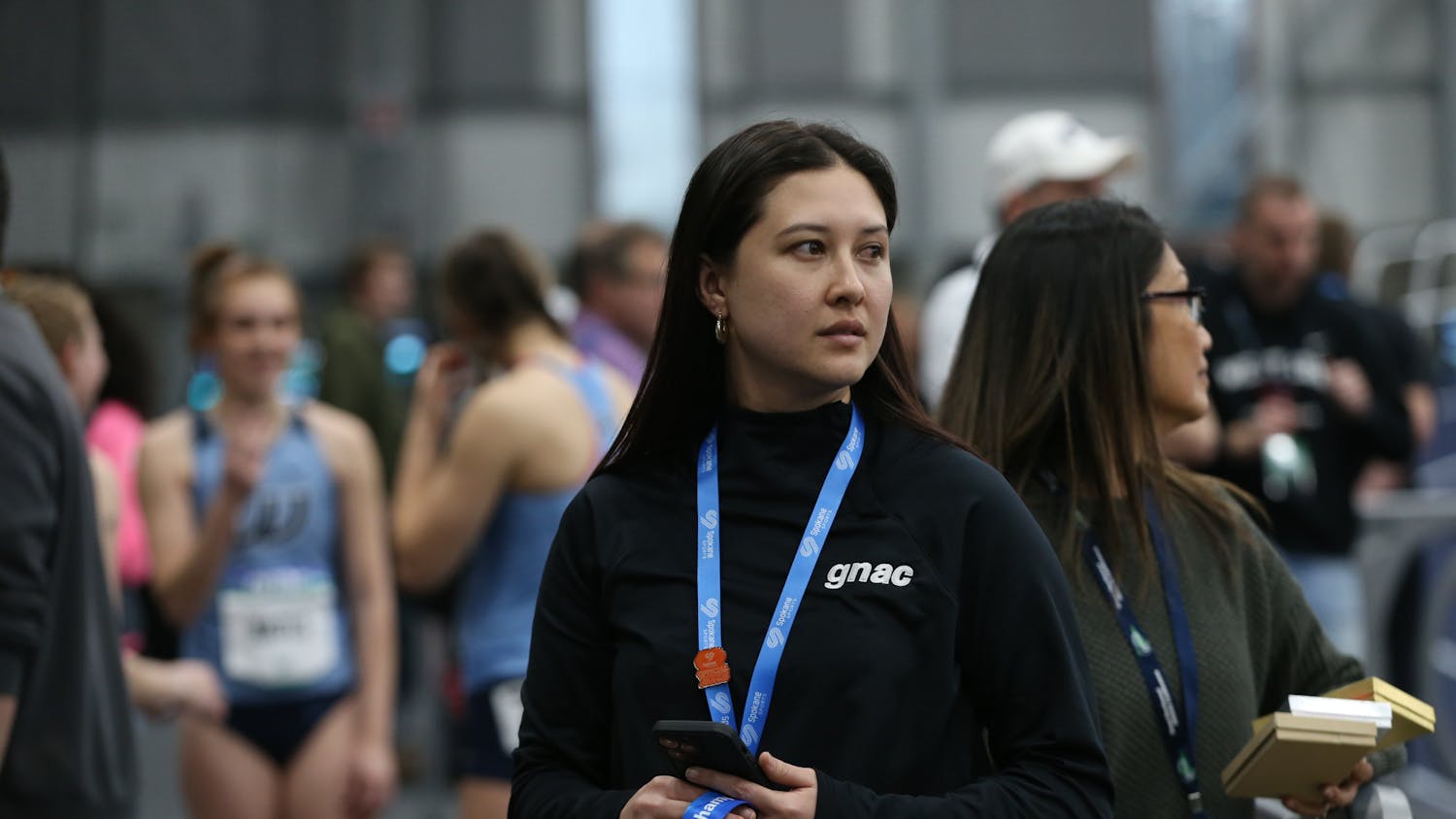By Paul Kelly
Western and Bloodworks Northwest tied off a successful blood drive this past week: 341 donors gave blood on campus. Of those donors 142 were first-time donors, Sasha Seiden, a donor resource representative from Bloodworks Northwest who worked directly with Western for this particular drive, said.
The blood drive was held on campus from Tuesday, Oct. 2, through Thursday Oct. 5, in response to the mass shooting that occurred in Las Vegas on Sunday, Oct. 1.
Freshman Kory Shaw was one of the many first-time donors prompted by the mass shooting to do something good.
“I never donated blood before so I didn’t know how it was going to be,” Shaw said. “I just think it’s something good to do— small things add up to a big thing.”
For other students, donating blood is more routine.
“When I would donate with Red Cross they would kind of harass me like ‘You’re the universal donor, get in here,’” sophomore Riley Grasdalen said, as he stood in line to donate. “I thought it was funny. I started to call them mosquitoes.”
Some Western students, such as senior Kylee Baker, saw that they had a very direct way to make a difference.
“I got this email that said there was like a three-day supply of my specific blood type,” Baker said. “With all the current events I thought it would be a good humanitarian thing to do.”
Each day about 800 people need to donate blood to meet the needs of patients in local hospitals, according to a press release from Bloodworks Northwest. Approximately 36,000 units of red blood cells are needed every day nationwide, according to the American Red Cross.
One unit is equal to one pint of whole blood containing platelets, plasma, and red blood cells.
These components can later be delivered whole or separated to serve the specific needs of recipients.
Whether the blood goes to Las Vegas or stays local, it will be used regardless.
In an email to the participants and organizers of the Western blood drive, Bloodworks Northwest cited some recent examples of how donated blood was used.
Some of the examples included a patient with a gastrointestinal bleed who needed 31 units of various blood products. Another patient with an obstetric bleed required 34 units.
These two patients alone required 65 units of blood products, and since blood can’t be manufactured it must be donated, screened and on the shelf when needed.





